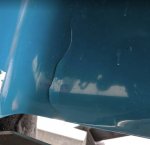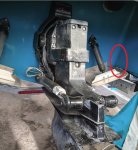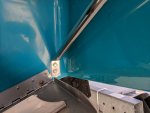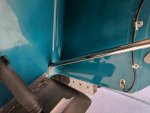thunder550
Petty Officer 3rd Class
- Joined
- Sep 6, 2017
- Messages
- 83
Found an area near the transom on my boat this past weekend where the gelcoat is cracked and starting to delaminate. There doesn't appear to be any damage to the underlying fiberglass, at least from what I can tell by looking at the inside of the hull. Is this DIY-able (never done gelcoat before), or better to seek professional help for something this size? It's probably 4-5 inches long in total.























